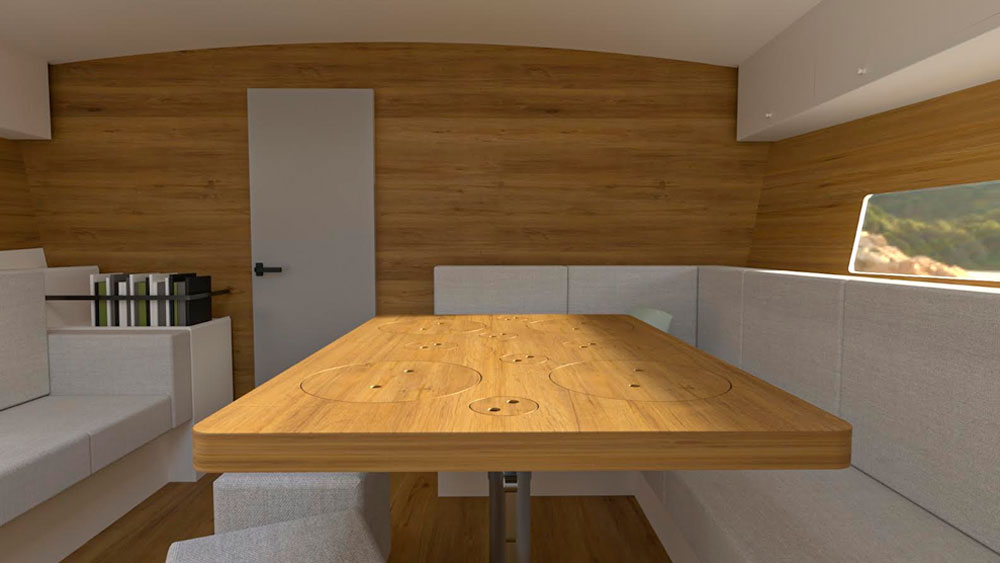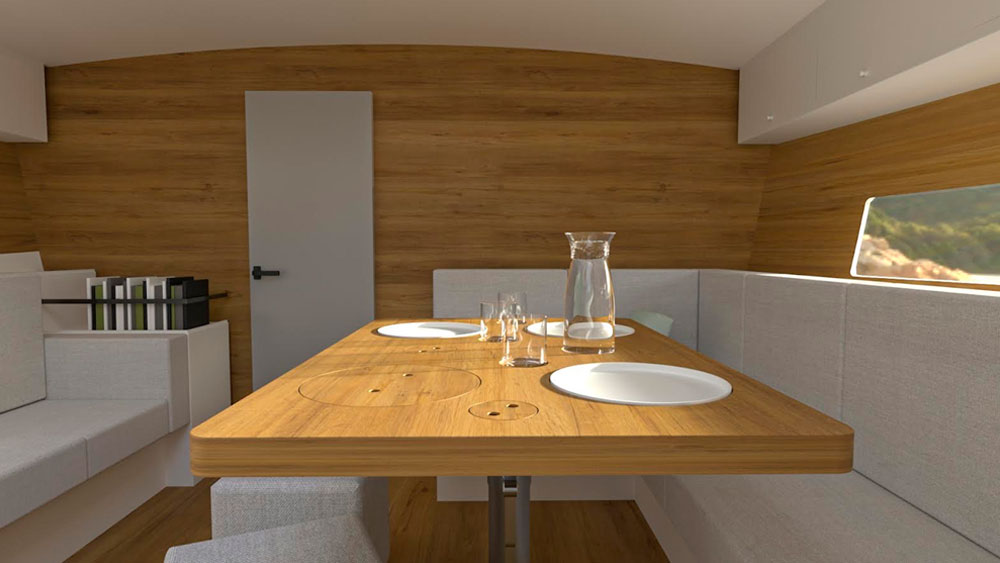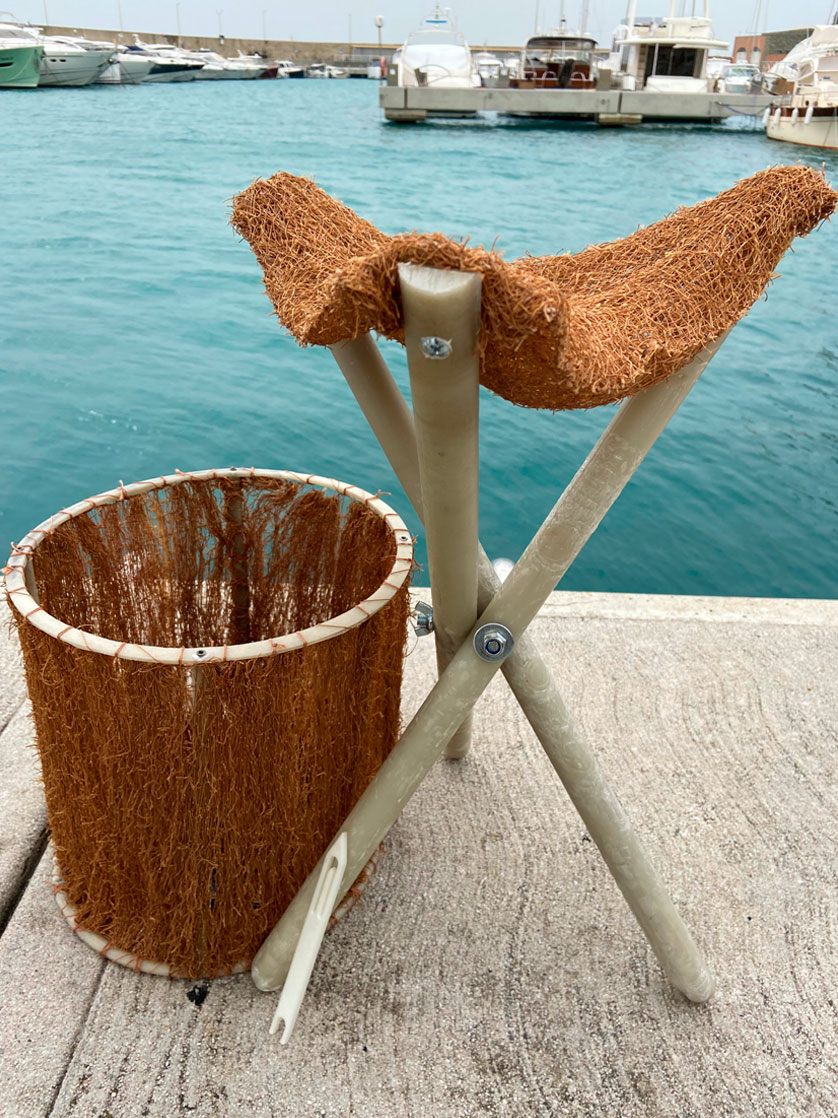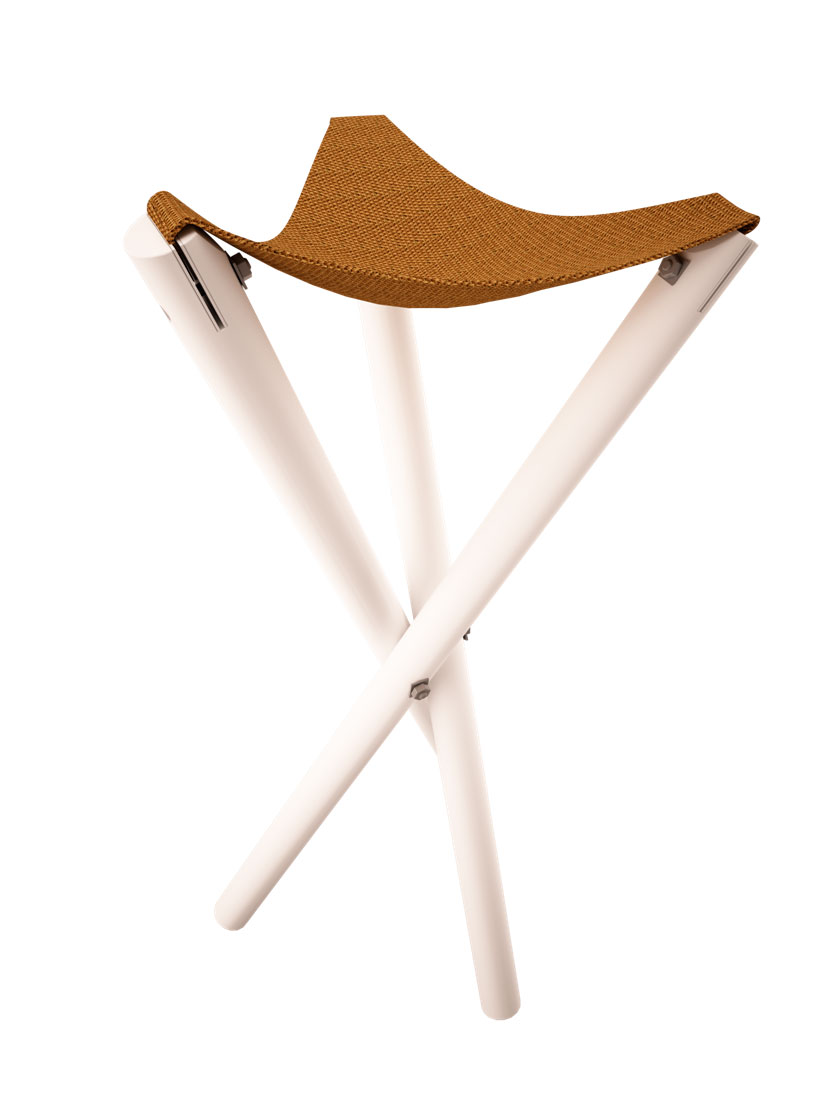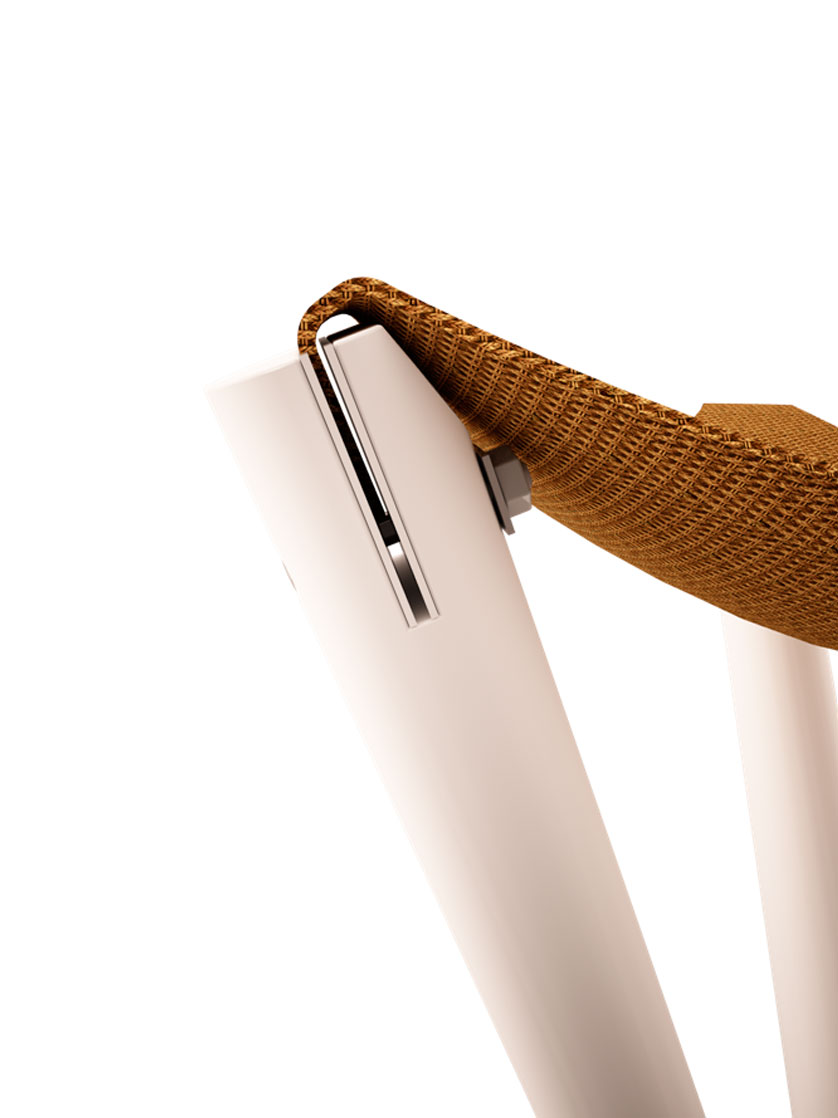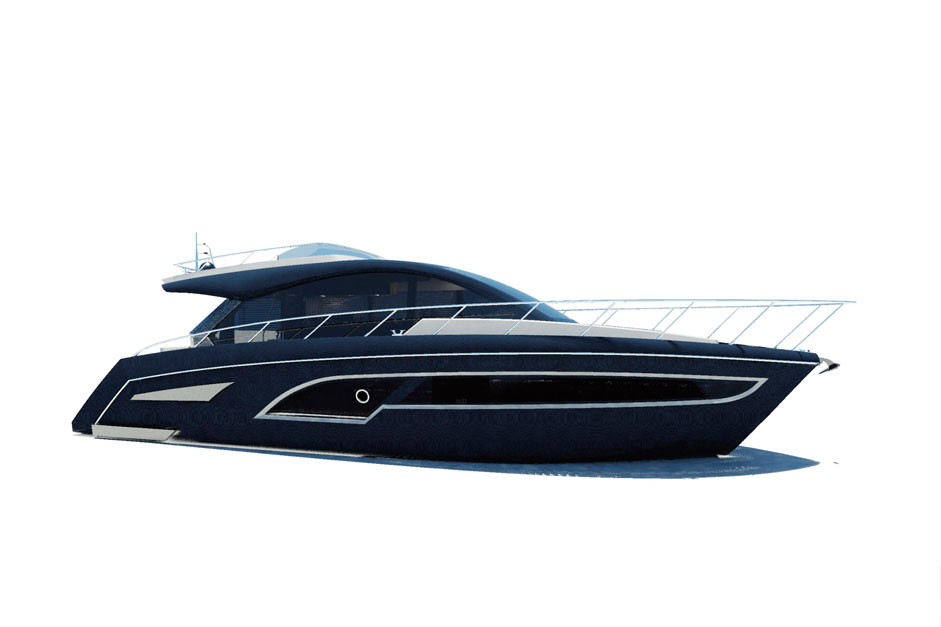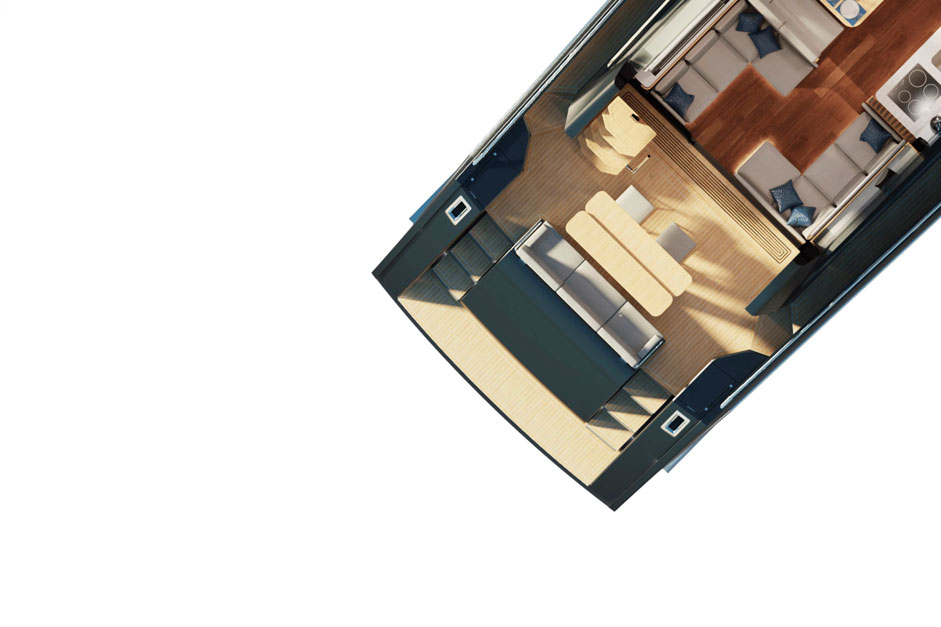
“Sea Design Contest 2022” created and organized by Tigullio Design District in synergy with Nautic One, is the first competition dedicated to all Italian students of the design faculties for nautical and industrial design. Since it’s launch, dozens of students from many Italian universities have challenged each other by designing and developing a project linked to the major issues related to the sea. Three categories:
- Nautical Design (Yachts, rafts,...)
- Industrial Design (Cleats, Masks, Fins ...)
- Design for all (projects for disability in the marine / outdoor environment)
The winners below were awarded the opportunity to participate as guests in the 2023 edition of the Tigullio Design District, be promoted on the NauticOne channels, receive international visibility, as well as be selected for in-person activities in the future.
jury
The Jury, made up of; Andrea Signoretto, Carlos Vidal, Gianluca Adragna, Tommaso Piazzolla, Pierpaolo Bellina, Giuseppe Orru, all professionals in the nautical and design sector, decreed the winners based on an evaluation linked to the innovation of the project, to the design, and to the final presentation. After a meticulous work, three are those who win our award. Here are ourjurors;
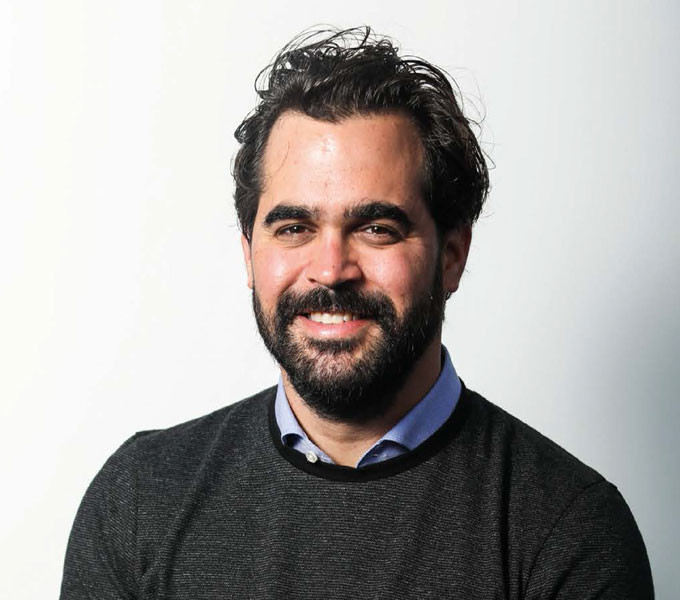
Carlos Vidal
Yacht Designer | Carlos Vidal Design Studio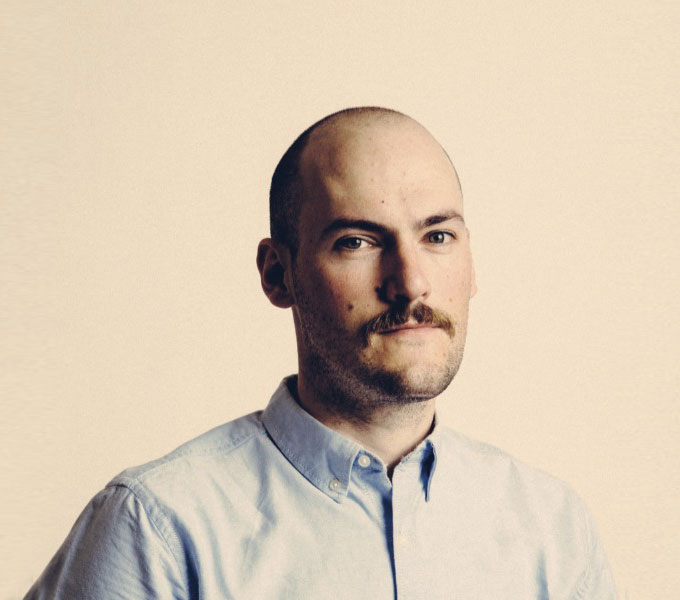
Andrea Signoretto
Industrial Designer | Andrea Signoretto Design Studio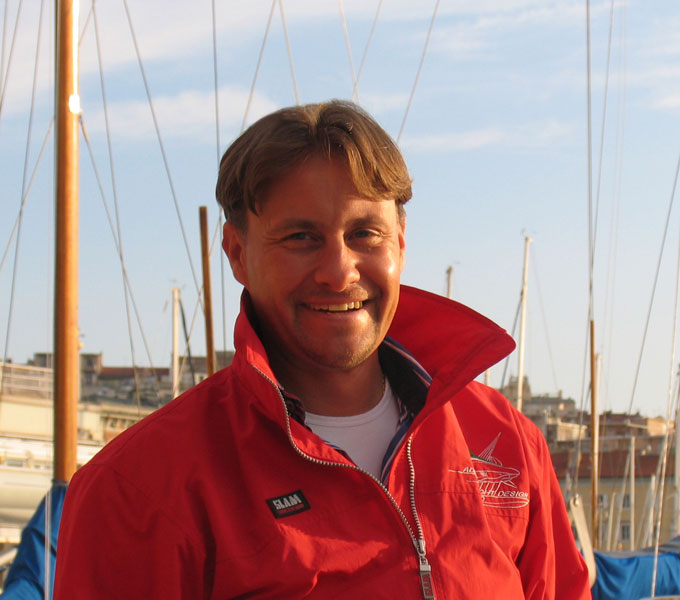
Gianluca Adragna
Yacht Designer | Adragna Yacht Design Studio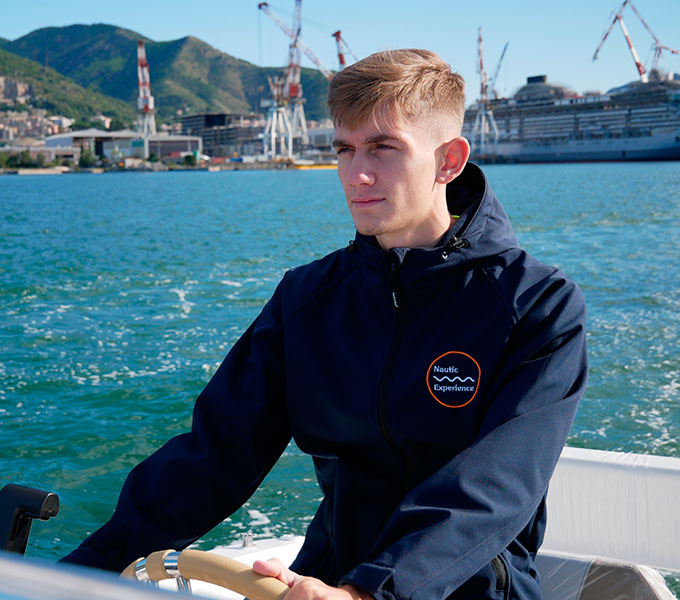
Tommaso Piazzolla
Fondatore e Direttore Creativo di “Nautic One”

Pierpaolo Bellina
Direttore rivista “Il Gommone”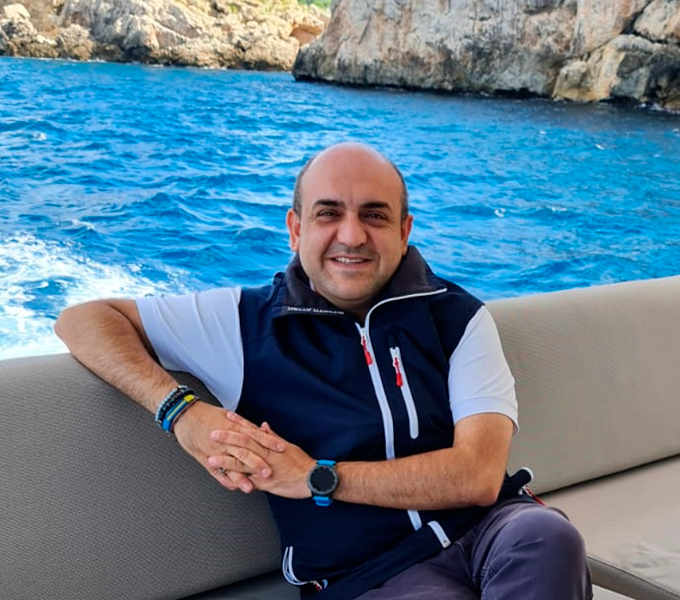
Giuseppe Orru
Giornalista nautico “Vela e Motore”winners
Here they are finally, they are the first three winners of the "Sea Design Award 2022", we deliver our award to them and entrust them with our hopes for the future, we will immediately give visibility to their talent and wish them all the best, eager to see them soon at the Tigullio Design District, congratulations!
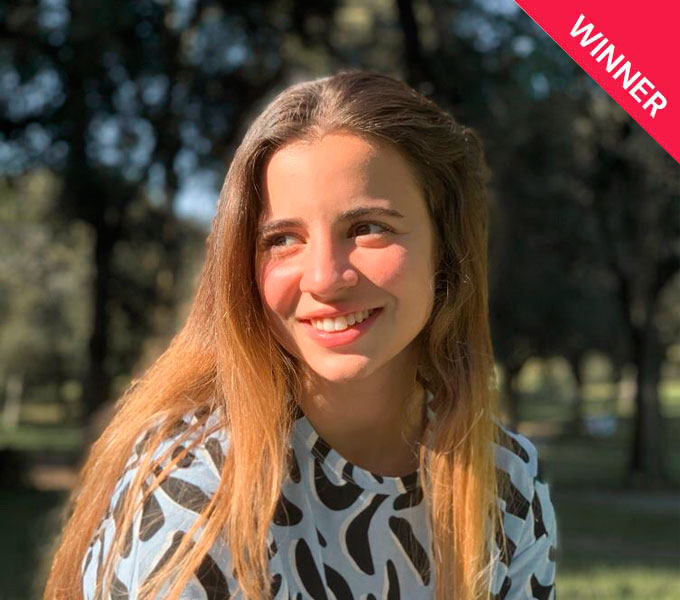
Ester Ferlito
University of Genoa, La Spezia campus, product and nautical design
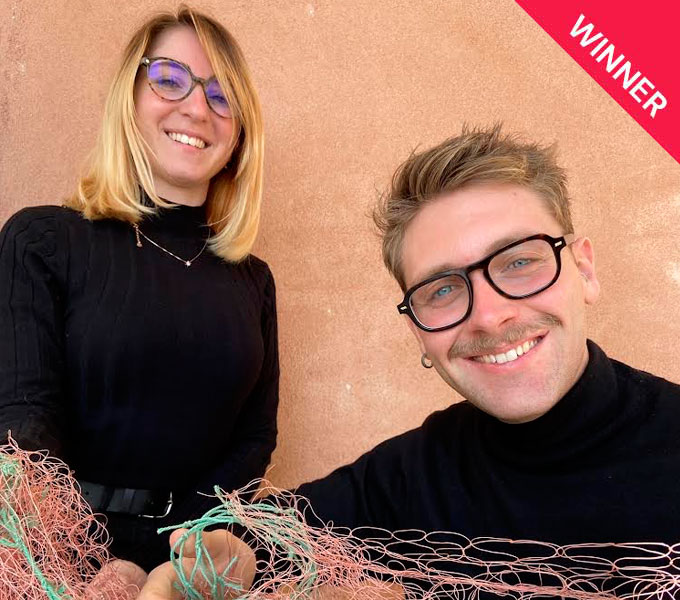
Chiara Garofalo
Matteo Barbagelata
University of Genoa, La Spezia campus, product and nautical design
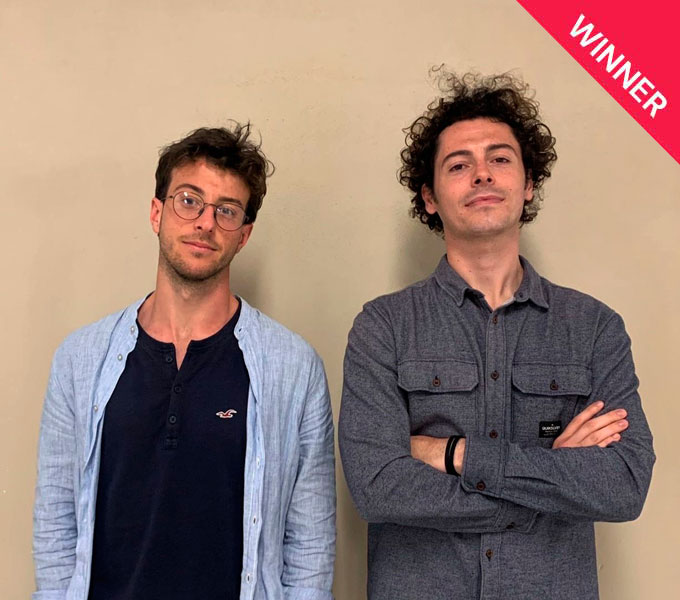
Nicola Galli
Simone Quintavalle
University of Genoa, La Spezia campus, product and nautical design
winning projects
Stable
Ester Ferlito, 22 anni.
University of Genoa, La Spezia campus, product and nautical design
The project "stable" was born from the need to counteract the sliding, generated by the wave motion, of objects on flat surfaces.
The typology of the boats examined is that of pleasure boats between 10 and 24 meters because the smaller boats are too small for the use of fixed tables with an important footprint, while the large yachts encounter much less the problems that the table, object of our study, aims to solve. To meet this need, it was decided to create a table with surfaces at variable heights that would allow the creation of recessed compartments in which the objects, once positioned, could maintain their stability.
We then analyzed the main tools used on a table during meals (plates, glasses and bottles) and for each of these elements a special area was determined with standardized measurements.
By evaluating the type of boat the project is aimed at, the number of possible users of the object was quantified in the number of four users. For this reason, on the table of 100x70 cm, compartments of different diameters have been created which are lowered in height and are: four with a diameter of 25 cm (to contain the dishes), four with a diameter of 8 cm (for the glasses) and two 10 cm compartments (for bottles). All this is achieved through a reversible mechanism that allows the user to decide whether or not to use the variable quotas.
In order to create the plan, okumè wood was identified, considered the most used material in shipyards. It is found in the form of marine plywood boards and in our case two 20mm boards were used glued together. The strength of this project lies in the ability to adapt this main scheme to multiple possible realities, so the standard four table can take on different shapes and, depending on the boat and the size of the cockpit, can be replicated in different variations, even changing the finishes.
Rammendo
Chiara Garofalo, 26 anni - Matteo Barbagelata, 25 anni.
University of Genoa, La Spezia campus, product and nautical design
"Rammendo" focuses on the experimentation of a new plastic material derived from disused fishing nets due to breakages or natural erosions, with the subsequent creation of three different products. The project was developed with the collaboration of Ligurian fishermen and in particular with the cooperative “La Spezia city mussel farmers”, who supplied the nets that can no longer be used. Another body that took part in this project is the "Precious Plastic Turin city" association, with the aim of offering the tools to create the prototype.
The "Rammendo" project involves the creation of a stool, made up of three legs and a triangular seat; made with the weaving technique using a frame and the thread of nylon nets; while the legs were made with the technique of fusion of mussel nets and subsequently the realization using an injector.
A second product that took shape was a basket with a round base made from a structure in mussel nets with the help of an extruder and then the casing made up of a dense weave of fishing nets and the use of a frame rectangular and a round one for the base.
The latest product that enriches the "Rammendo" collection is the reinterpretation of the needle to fix the nets and was made with the recycling of fishing nets for mussels, through the creation of a filament for the 3D printer. The design choice to create the "Rammendo"collection is to raise awareness of the theme of ghost nets, a symbol of numerous problems that our seas are experiencing every day.
Sportfly Sf53
Nicola Galli, anni 23 - Simone Quintavalle, anni 23.
University of Genoa, La Spezia campus, product and nautical design
The boat presented below is a fifteen-meter motoryacht, specifically of the sportfly type.
The pursued idea differs from the classic Mediterranean yacht for some peculiarities: at the base of the development the desire was to create a boat that can also be used in colder areas than the classic tourist destinations, but above all also during the winter season, atypical but equally fascinating moment.
This motivation dictates some obvious choices, one above all the extension of the main deck, with the introduction of an additional relaxation area, which cannot be found on models of similar size. A window that can be almost completely opened creates a unique area with the cockpit. This central area, the heart of the boat, is separated from the dinette by wooden slats, in line with the Finnish style.
Lower deck accessible with vertical connection to starboard, which allows an extension of the bathroom of the owner's cabin. Cabin characterized by light tones, accentuated by a careful study of lighting bodies, in direct correspondence with the underlying layout. Available in two versions: classic sofa or, as in this case, coffee table with seats. There are significant areas of stowage and wardrobes. Continuing towards the bow we find the guest cabin, which intelligently uses the basement, and the VIP cabin, full of all the necessary comforts. The bathroom, being accessible from both of the aforementioned cabins, is larger than the standards on the market.
Aesthetically, there are two canons of reference: in the internal area the minimalist Nordic style outlines almost the entire space; on the contrary, the color palette that characterizes the external shapes is attributable to cold and dark shades, which enhance the shapes of the hull and superstructure, also in stark contrast to the quiet evoked by the interior.



